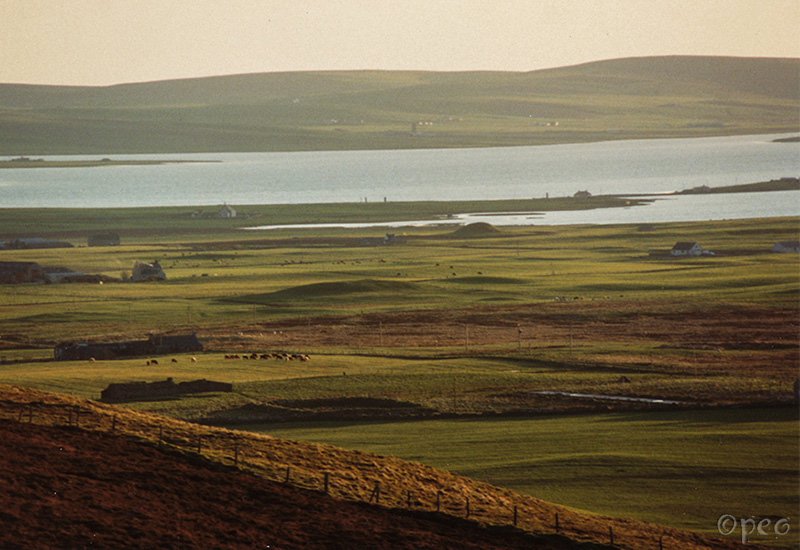Maes Howe
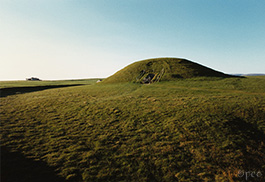 |
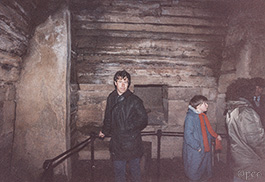 |
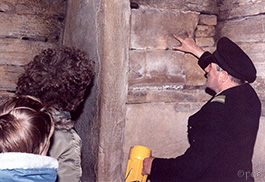 |
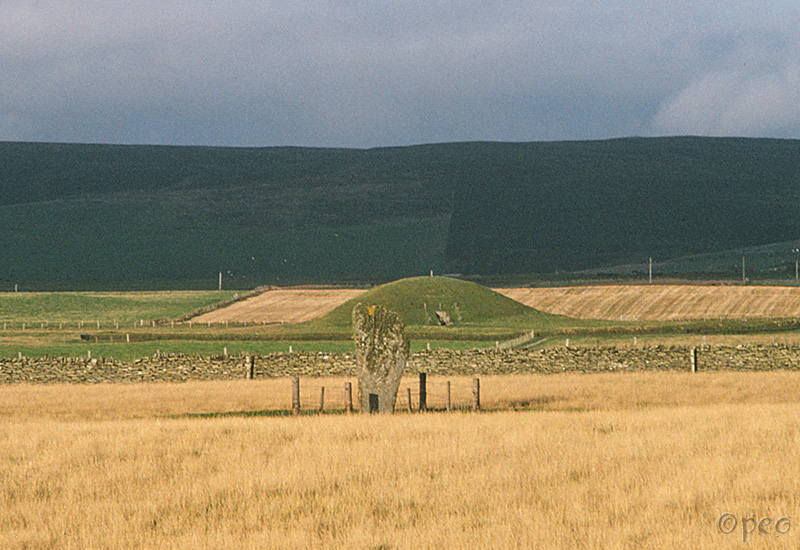 |
||
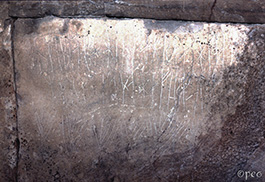 |
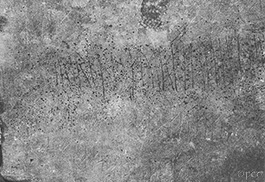 |
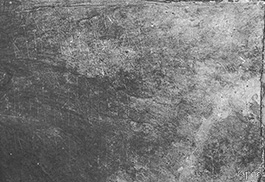 |
The runic inscription to the left says :
Ingibjôrg, the fair widow. Many a wife has travelled stooping in here. A great show-off. Erlingr.
The other two pictures are part of a longer inscription that was carved by a couple of different persons :
This mound was constructed before Loðbrók's. Her sons, they were daring; such were men as they were of themselves (=they were the sort of people you would really call men).
Jerusalem-travellers broke Orkhaugr. Hlíf, the earl's houskeeper, carved.
In the north-west is great wealth concealed.
It was long ago that great wealth was concealed here.
Fortunate is he who can find the great riches.
Hákon alone carried wealth out of this mound.
